Hugh Everett’s many-worlds theory implies that all possible outcomes of quantum measurements are realized in some world/universe. Popular culture, movies, and television shows steer towards a certain metaphor—trees growing an infinite number of branches (FX’s since-deceased show, Legion uses a tweaked-out protagonist and cold french fries). In layman’s terms, this means the Multiverse is real. Devs’ antagonist/quasi-antihero, Forest refuses to accept this…until he’s forced to give in to an inevitability.
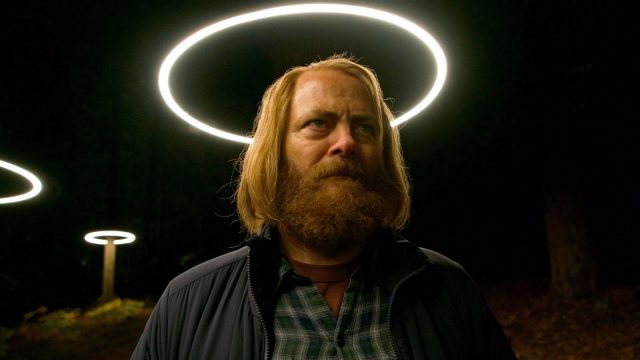
Alex Garland’s Hulu series, Devs, follows Amaya CEO Forest love-affair with determinism: the idea that free will is an illusion. Forest needs to believe this; it erases any culpability he may have had in the death of his wife and daughter. Determinism leads Forest to develop the launch of the mysterious Devs program, kill the shitty Russian spy, Sergei, and provoke the Eve to his God, Lily.
RELATED: CS Soapbox: Tiger King, the Binge We Deserve but Not the One We Need Right Now
The Devs program aims to accurately predict/simulate past, present, and future events. The simulation doesn’t become fully operational until Lyndon applies the many-worlds theory; when he does, it’s off to the races. If you’ve seen the entirety of Devs, you know it makes up for any of its initial lag. In typical Garland fashion, it has sex with your mind (the confusing, cry afterward kind). Lily beats the computer by exercising actual free-will (although she and Forest still die).
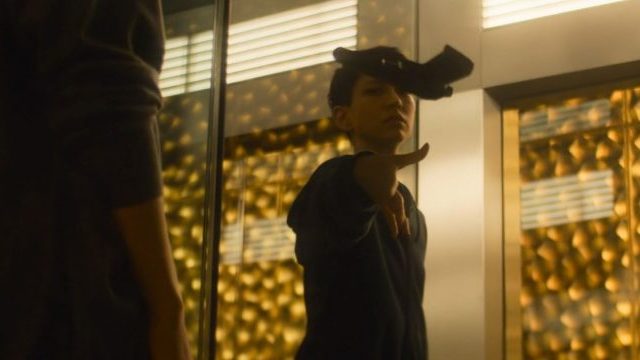
After their collective demise, Katie (Forest’s friend with benefits) uses data to revive Lily in Forest in the Devs AKS “Deus” system. We see Lily wake up in her apartment. None of the events of the show have happened, both her boyfriends are still alive, and the world is a happy place. She goes and finds Forest, reunited with his wife and daughter; in this world, he never created Deus.
Everything in the Deus system is a simulation, even Forest and Lily (or is it?). By applying the many-worlds theory to Deus, the simulation digitally recreates entire world(s). Forest explains to Lily that they are in a good version of Deus’ many-worlds. The camera then flashes to the two in a variety of different places closer to “hell than heaven.”

RELATED: CS Soapbox: Westworld is a Simulation Inside of a Simulation
Devs’ ending chooses to focus on the “happy” version of Lily, Forest, and their simulated world. This is the version we are shown which makes it more significant than the others. The same thing can be said for what we have seen of the Marvel Cinematic Universe. In the wake of Avengers: Endgame, we know there’s more to be shown.
The application of the many-worlds theory is the birth of the multiverse in Deus. The Avengers’ quantum-realm shenanigans are the birth of the MCU’s multiverse. As explained by the Ancient One, removing an infinite stone from the flow of time and the time splits, creating an alternate reality. Choice creates reality. Even though Captain America presumably returned all the stones at the end of Avengers: Endgame, young Loki still go away with the Tesseract (or space stone), young Thanos and Gamora left their timelines, and Captain America stayed in the past—branched realities.
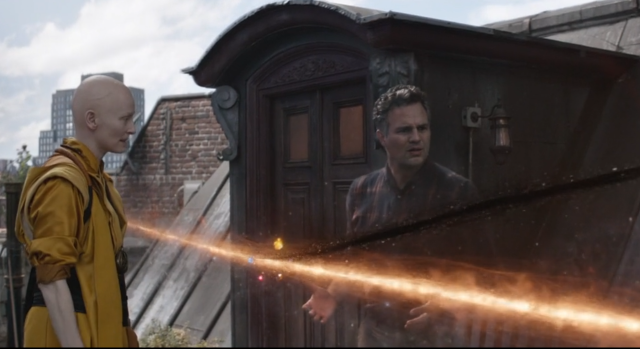
Those familiar with the world Marvel Comics know that Earth-616 is the founding father of the comic book Multiverse. That Marvel Universe contains an infinite number of worlds and timelines. Worlds are often spawned from events happening in another world and so on. For example, there’s Earth-2149 (Marvel’s zombie apocalypse), Earth-58163 (a mutant-run world created by Scarlet Witch), Earth-65 (where Spider-Gwen exists instead of Spider-Man) and many more.
RELATED: CS Soapbox: Supernatural Will Do What GoT & Star Wars Could Not—End Well
Many have speculated that the MCU we have been shown is Earth-616. Mysterio appears to confirm this in Spider-Man: Far From Home when he flat out says it (even though he turns out to be a liar). Also, in Thor: The Dark World, “woke” Erik Selvig writes Earth-616 on a chalk-board. Even if the versions of the characters we’ve grown to know and love don’t inhabit “Earth-616,” it’s safe to assume their home is the MCU equivalent.
In Devs, Forest operates under the assumption that his work will reunite him with his family—the Multiverse ends up being the key to his future. Before his death, he asks Lily, “you know what happens to messiahs right?” They get resurrected,” knowing all along that he will be entering the system. Similarly, Marvel Studios president, Kevin Feige knows that the Multiverse is the key to the MCU’s future.
When being asked about the phase 4 slate, Feige has talked about the MCU’s journey from Iron Man and Asgard to time travel and the idea of the Multiverse. According to Comicbook, at Brazil’s CCXP Feige said that Doctor Strange and the Multiverse of Madness is going to “crack” that concept open like an egg, having repercussions for Marvel shows and movies in a big way. In other words, the MCU COULD become fully operational. It all depends on what we are shown and how.
RELATED: CS Soapbox: Do We Really Want Lethal Weapon 5 to Happen?
Word has it that WanadaVision will tie into Doctor Strange in the Multiverse of Madness. Given Scarlet Witch’s proclivity for reality-warping (and what we’ve seen of her Dick Van Dyke/alternate world), this makes sense. Also, Loki, the Disney+ series that follows the God of Mischief who escaped in Avengers: Endgame, will tie in the Time Variance Authority—an (inapt) organization that monitors the multiple timelines. The possibilities resulting from just these three projects alone could result in narrative chaos—something close to “hell than heaven.”
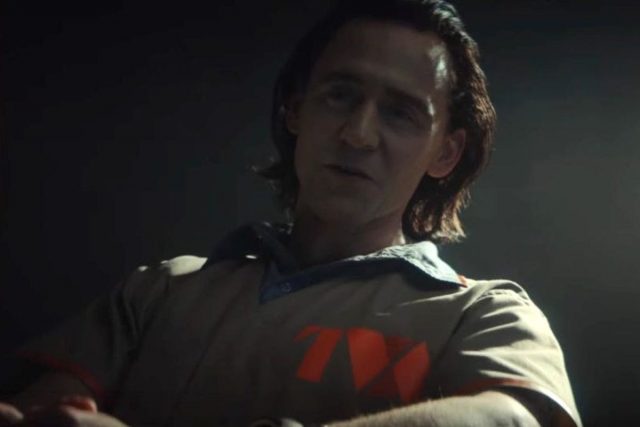
The idea that the MCU could become operationally equatable to its comic book counterpart is intriguing. Seeing different versions of our favorite characters in Disney+’s What if…? animation or the welcome return of Tobey Maguire and Andrew Garfield’s Spider-Men in a Spiderverse crossover would be satisfying AF. The concept can set up big bads like Kang the Conqueror (who travels through the multiverse and creates different incarnations of himself) or Doctor Doom (as the Fantastic Four get implemented). However, as things begin to open up, it’s going to take a sturdy and selective hand to maintain the MCU’s current level of acclaim.
Some things shouldn’t happen: Robert Downey Jr. shouldn’t come back as Iron Man nor Chris Evans as Captain America—a certain level of permanence must be maintained. As we’ve seen in Devs, the many-world theory makes resurrection possible. Forest gives into that inevitability, and the MCU is on the verge of doing the same.
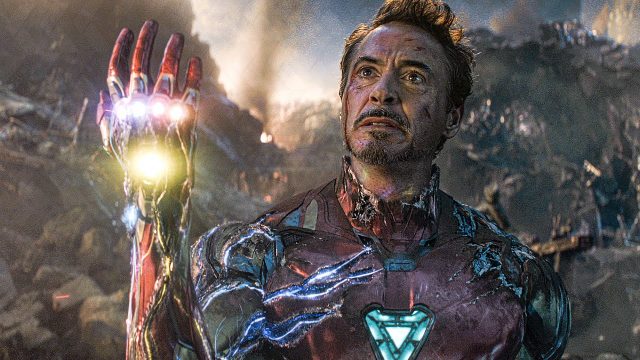
RELATED: CS Soapbox: The Good Place Is NBC’s Most Depressing Comedy Ever (In A Good Way)
There won’t be a season 2 of Devs—Alex Garland doesn’t play that way (in television or otherwise). There’s no Ex Machina or Annihilation 2 (despite the book series). He knows that as things open up, it becomes harder and harder for things to remain coherent and interesting. The gargantuan task Marvel Studios faces: phases 4, 5, 6, 7, etc, can’t feel like an ineffable afterlife but a continuation of resonant storytelling.
The ending of Devs sees Katie watch Forest and Lily in their simulation, pleading to Senator Laine for the funds to keep it on. If Kevin Feige’s simulation is the MCU, then he has more than enough money to keep the lights on. If everything stays on course, Feige will bask in the good fortune of creating something closer “heaven than hell.” However, Forest and Feige aren’t directly responsible for satisfying conclusions, Lily is. We are Lily—audiences are the ones who make the choice.

Everett’s many-worlds theory could apply to our universe, to the Deus system or the concept of reboots, sequels, and spin-offs. Like with Adam, Even or Lily, culpability is real. Big names, budgets, and box office projections only influence to a certain point. Free will is not an illusion—we have the power to stop participating when determinism runs its course.










